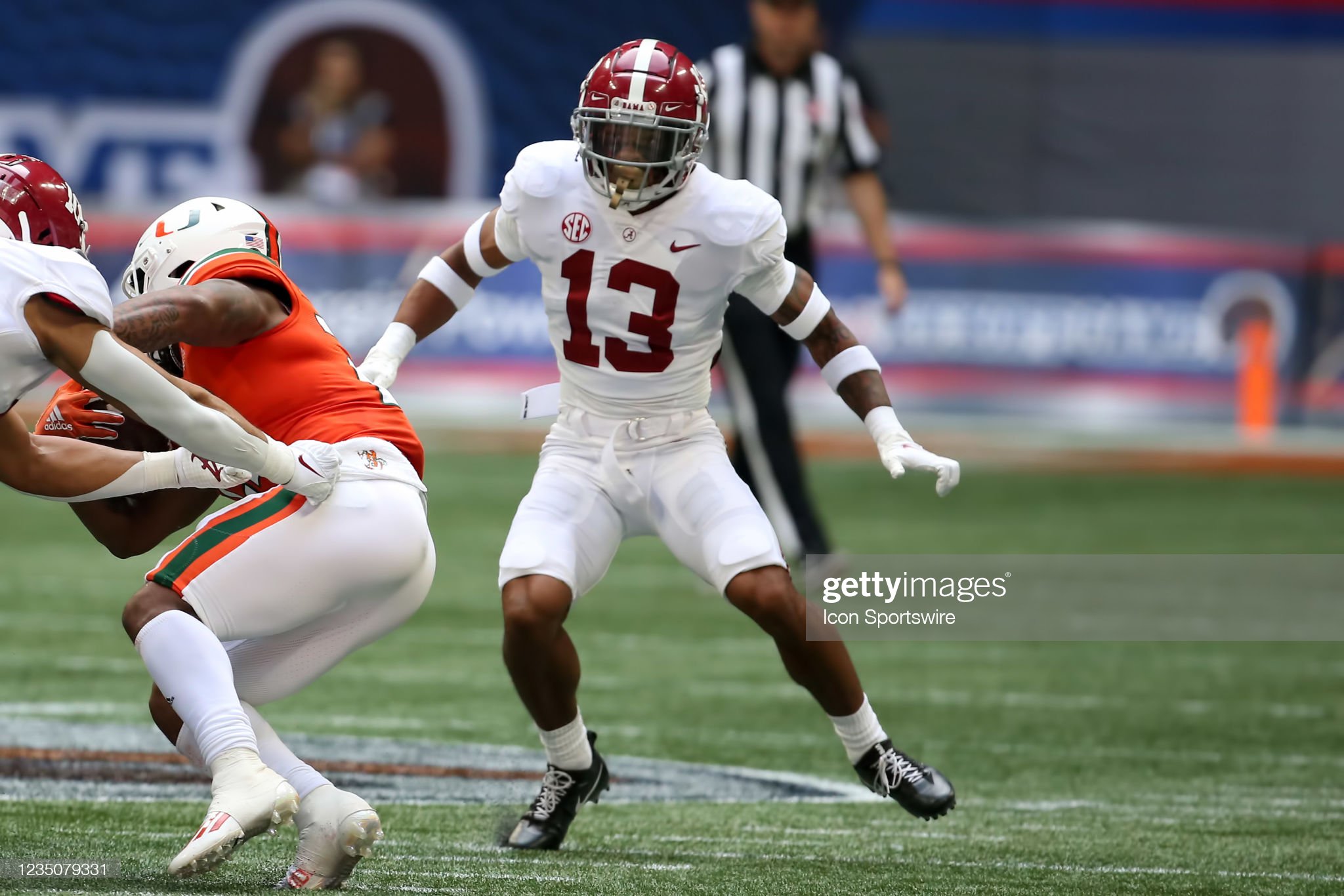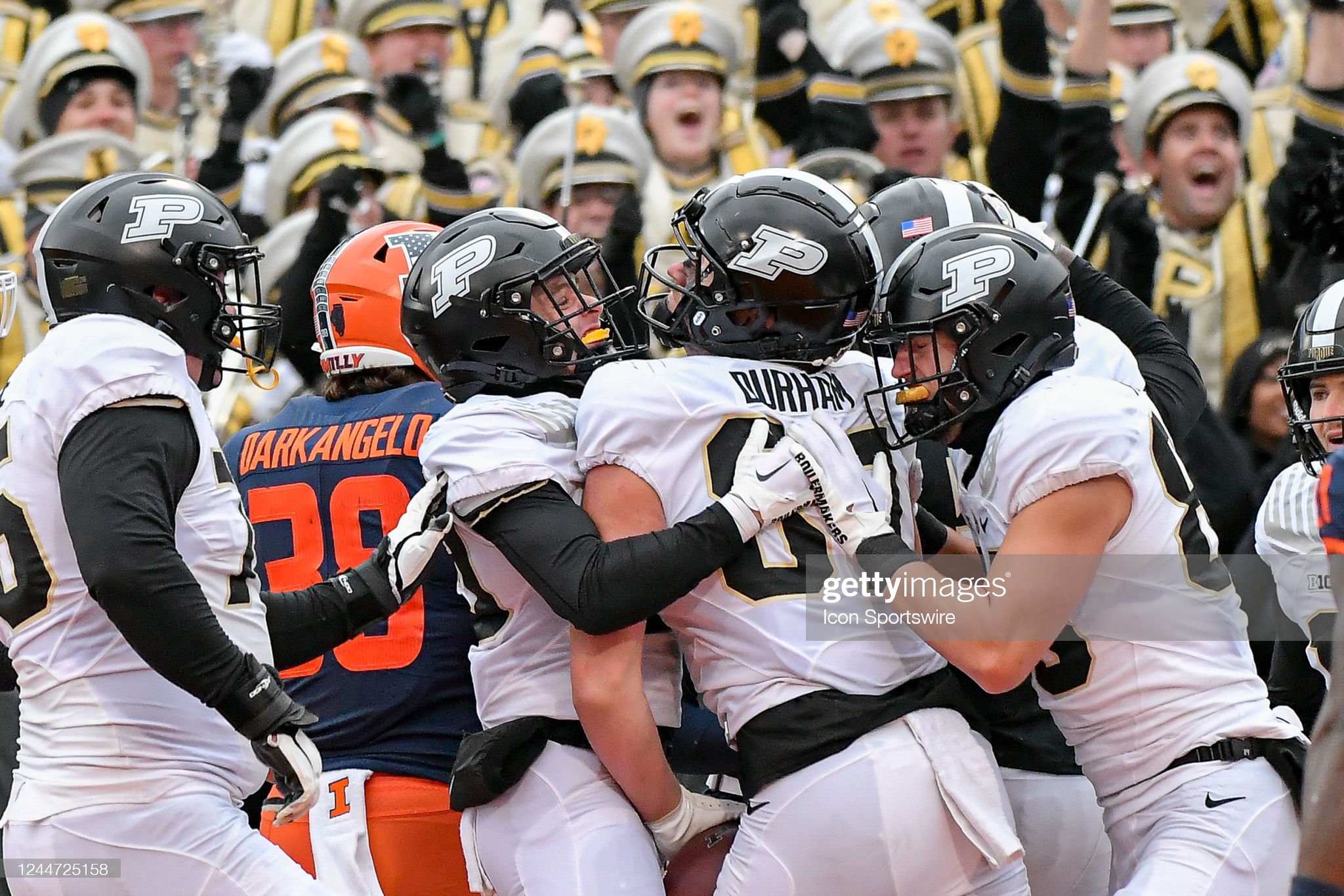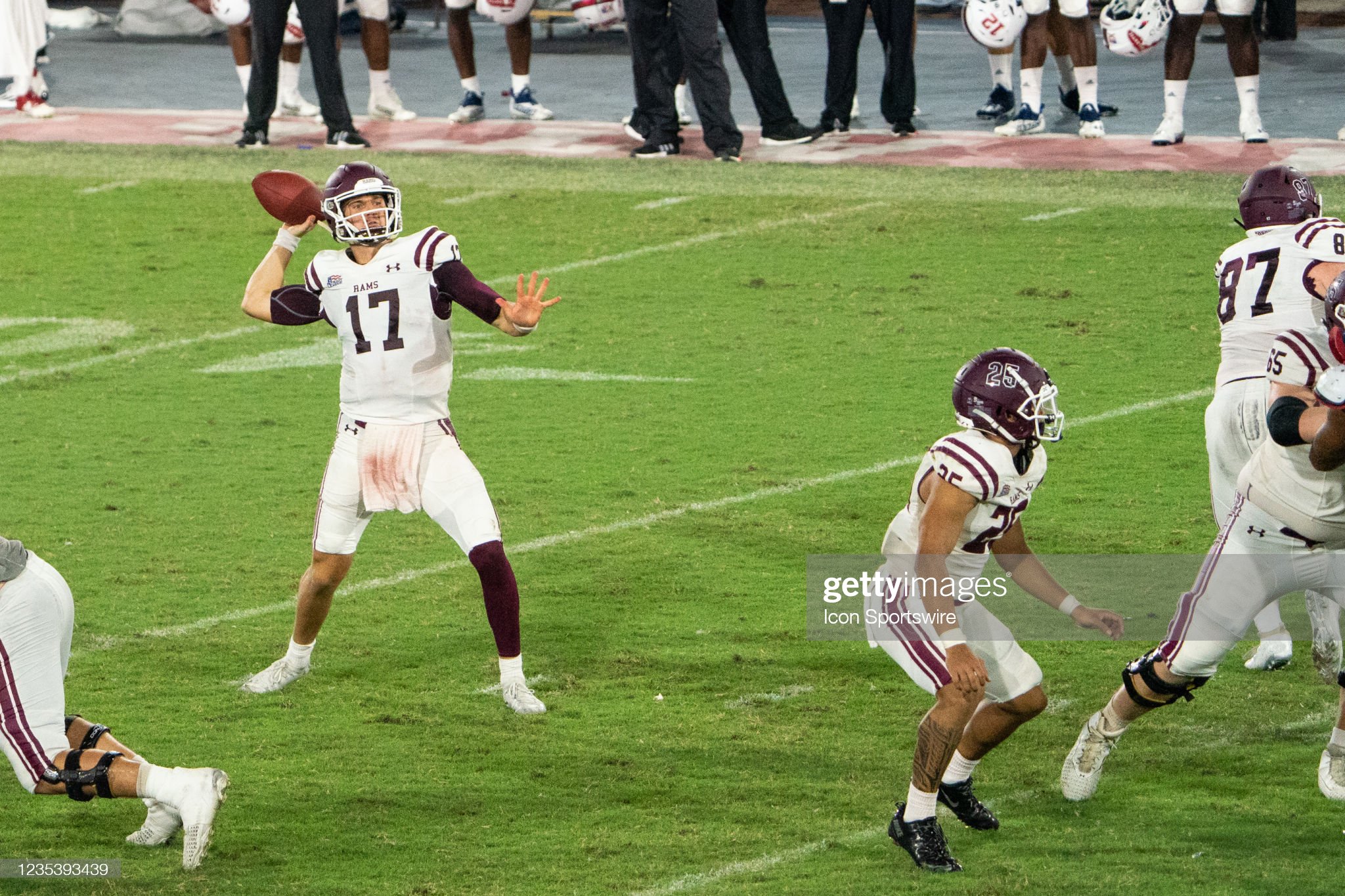A major part of scouting and preparing for the NFL Draft is studying what the National Football League is doing with its schematics as a whole. It’s easy for an analyst to get caught up in what a prospect did at their school in a certain scheme and not think ahead. The real part of scouting is the projection aspect – what is this prospect going to be able to do at the next level?
In the last State of Football article, I wrote about the evolution of the slot receiver into the beast that it has become for defenses to scheme against. The prominence of the position has forced defenses to take an aggressive approach, and the variety of the players who fit the role makes that very challenging.
Most defenses have adopted the concept of a Roving Safety, or a ROVER, who can play as a nickel defender and provide run support as a linebacker while also being able to play coverage assignments out of the slot and even in deep coverage.
How was the concept of the ROVER safety born?
It’s hard to trace the origin of the ROVER, but it was definitely born in college football. The prominence of the spread offense in college football forced defensive coordinators to play more nickel and even dime packages, meaning five or six defensive backs on the field. As the spread evolved in college as an offense that spaced the defense to open run lanes, that challenge forced schools like Alabama to adjust their defensive scheme.
The first prominent ROVER that I remember was Mark Barron, who played often as the nickel defender at Alabama who oftentimes was found in the box. At Alabama, it’s referred to as the STAR position, due to the versatility of assignments that it requires defenders to play.

Several prominent defenders have come through Alabama playing the STAR position, most notably Minkah Fitzpatrick, who has become arguably the best deep safety in the NFL.
Anyways, getting back on track, when Mark Barron was drafted 7th overall to the Tampa Bay Buccaneers, he was considered a deep safety and didn’t perform to expectations in his first few years, surrendering a few big plays and struggling overall to play consistently and make a good impact on his defense. He was traded during the 2014 season to the Los Angeles Rams, who played in a division at the time against quarterback talents like Colin Kaepernick and Russell Wilson.
How Mark Barron’s career was revived and the ROVER position was born
The Rams’ plan was to play Barron in the box as a ROVER safety, someone who could take away some of the offensive weapons that were preventing them from being competitive. The gamble paid off huge dividends as Barron became a serious impact player over the next four years and a stalwart on that defense, even going to the Super Bowl as one of the top defensive players during the 2018 season.
Other teams took notice in the copycat league and the concept grew into several defenses. The Pittsburgh Steelers took it a step further with Mike Nelson, who was more of a cornerback than a linebacker, and used him in a lot of their blitz packages.
There are many uses of the position and teams can use a group of two or three players to fit the role based on the personnel they use to fill the role. The real gem is to find the prospect who can fill the role himself. Last year, Jalen Pitre from Baylor fit the role perfectly and went in the second round to the Houston Texans.
There is a fit for these players and they are hard to find.






